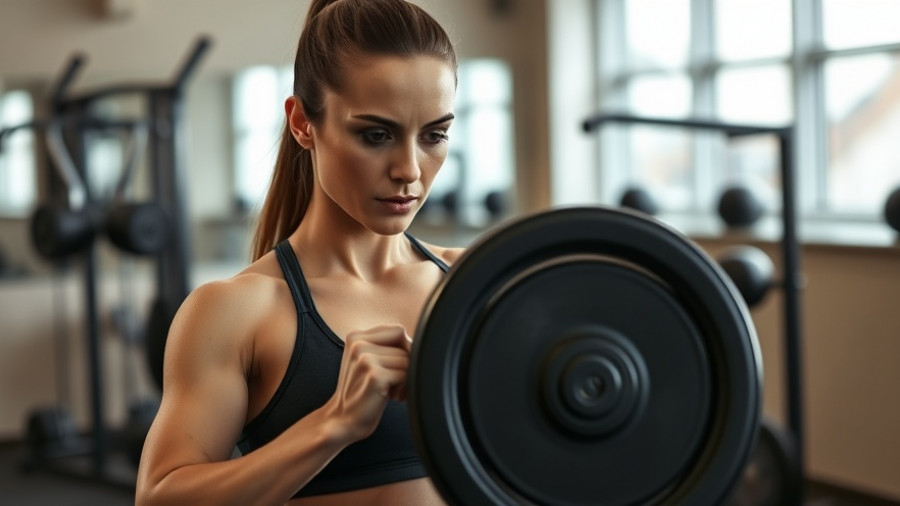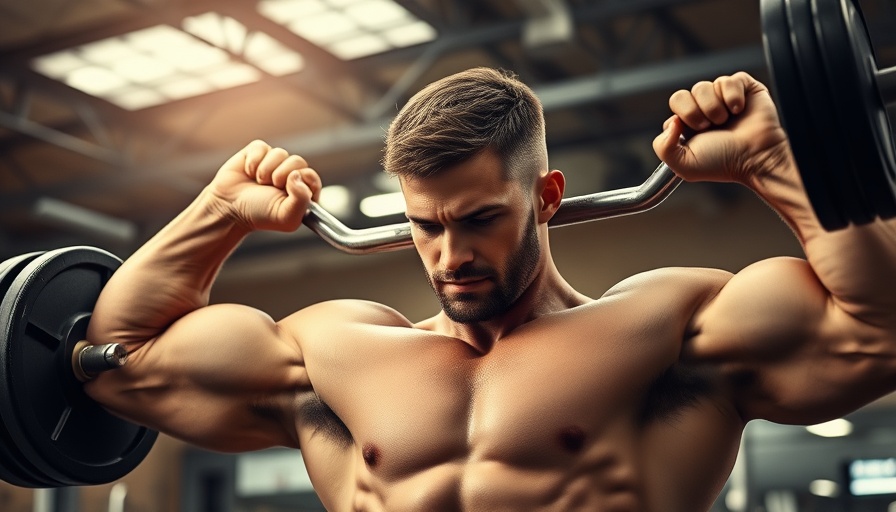
Redefining Leg Day: Escaping Outdated Myths
When it comes to leg workouts for women, many are still caught in the web of outdated training myths. Social media perpetuates misconceptions, suggesting high reps tone muscles, and light weights are the key to achieving sculpted legs. The truth? To truly transform your body and enhance your overall strength, it's crucial to ditch these false beliefs and embrace the power of heavy, compound weightlifting.
The Science of Strong Legs
The foundation of an effective leg routine rests on understanding muscle growth. Resistance training can appear daunting, especially for those newer to weightlifting, but progressive overload is essential for results. This principle entails gradually increasing the weight or resistance over time to stimulate muscle adaptations. The goal isn't merely to 'feel the burn'; it’s about pushing your limits and increasing your strength.
Essential Leg Exercises for Results
Following effective patterns of movement is key. The best leg workouts include fundamental exercises such as squats, deadlifts, lunges, and hip thrusts, which engage multiple muscle groups. A well-structured workout can incorporate:
- Barbell Squats: Engage your quads, glutes, and hamstrings.
- Romanian Deadlifts: Target the hamstrings and glutes effectively.
- Walking Lunges: Improve balance while working multiple lower body muscles.
- Hip Thrusts: Focus on glute development.
Research indicates that these compound movements prompt extensive muscle fiber recruitment, leading to enhanced strength and growth compared to isolation movements like cable glute presses.
A Move Towards Heavy Lifting
Embracing heavier weights can be intimidating, especially when faced with lingering fears of becoming 'bulky.' However, women's physiological differences—most notably in hormone levels like testosterone—make it incredibly unlikely that a woman will develop muscles to the same extent as a man, even with rigorous training. In fact, strength training not only builds muscle but can actually enhance your definition and overall body composition when paired with proper nutrition.
Creating a Balanced Routine
To maximize your leg workouts, consider dividing them into two or three sessions per week as you become more experienced. This scheduling allows for better recovery and muscle growth. Additionally, balancing heavier lifts with other forms of training like cardio can prevent fatigue and keep your workouts enjoyable. Remember, you don’t require fancy supplements to achieve your desired physique, but incorporating protein powder and creatine can expedite progress towards your goals.
Your Path to Stronger Legs
The journey to a sculpted lower body starts with a commitment to strength training. By abandoning misconceptions about leg workouts and focusing on heavy, compound lifts, you not only redefine your leg day but also enhance your overall physical capabilities. So, step into the weight room with confidence, lift those weights, and embrace the transformation that follows!
Call to Action
Are you ready to transform your leg day routine? Embrace the heavy lifts, focus on muscle engagement, and start seeing results that reflect the effort you put into your training!
 Add Row
Add Row  Add
Add 




Write A Comment